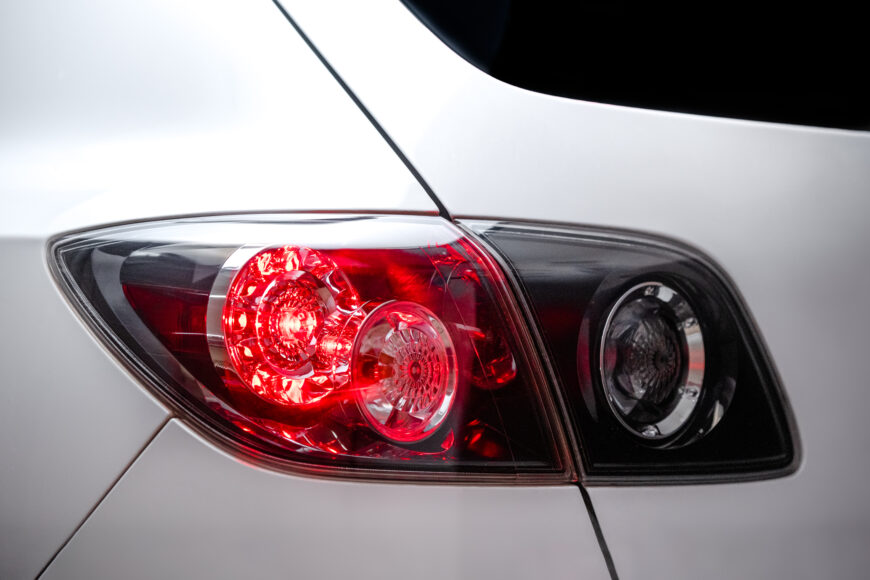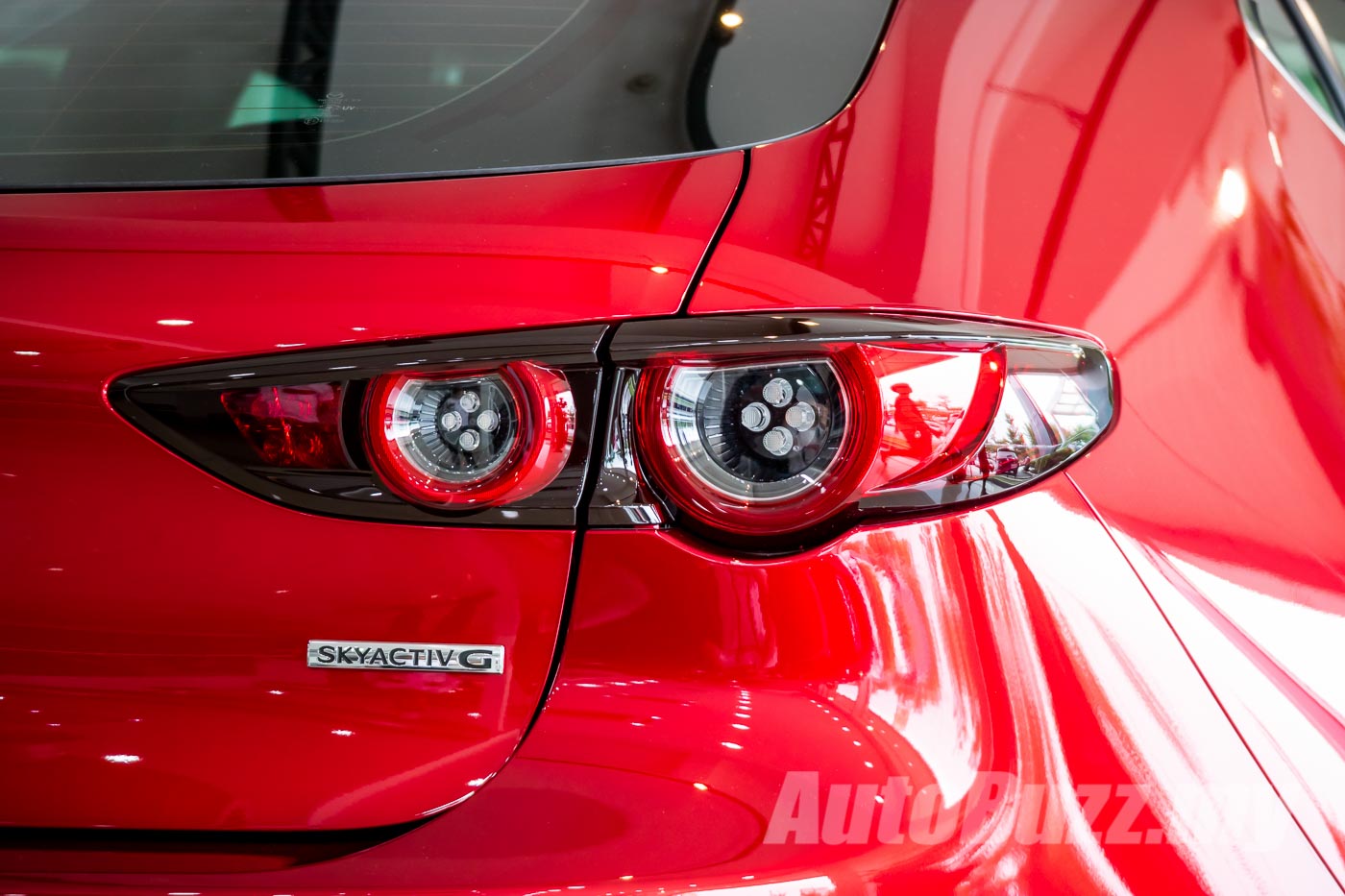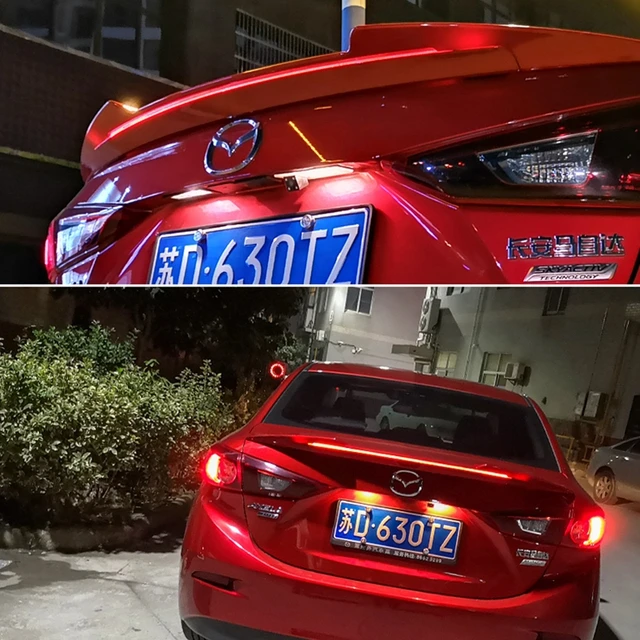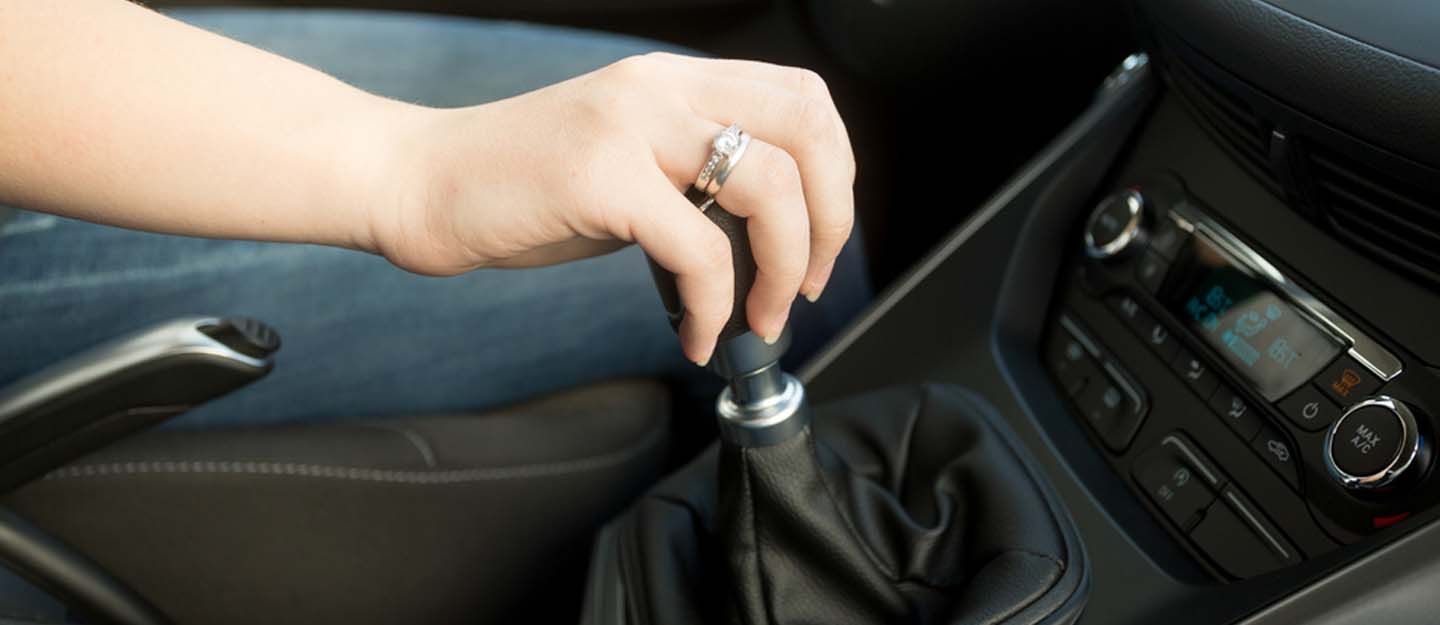Brake lights illuminating for no obvious reason can be alarming and leave drivers wondering what the issue could be. However, there are several common reasons why that warning light turns on that generally have straightforward fixes. Let’s take a look at some potential causes and solutions.
The brake light is an important safety feature that alerts other drivers when you are slowing down or stopping. But when it illuminates unexpectedly, it’s time to diagnose the problem. Some causes are minor annoyances while others indicate more serious issues that need addressing. This report will explore the most typical reasons the brake light may come on and what drivers can do to remedy each situation.

01. Low Brake Fluid
When the fluid level in the brake hydraulic system falls too low, it triggers the brake light as a warning. Topping up the reservoir is usually all that’s required.
How to Fix
Check the brake fluid reservoir located in the engine bay and refill to the MAX level line with new DOT 3 or DOT 4 brake fluid as needed. Be sure to clean up any spilled fluid thoroughly to avoid corrosion. If the fluid level keeps dropping, there may be an underlying leak to investigate.
02. Engaged Parking Brake
If the parking brake is left engaged even partially when driving, it will activate the brake light.
How to Fix
Pull the parking brake lever up fully to disengage it. Make sure it resets and the light turns off before driving further.
03. Wrong Brake Pads
Using the wrong size or type of replacement brake pads can cause sensors to read incorrectly.
How to Fix
Replace any non-OE brake pads with correct factory-spec pads for your vehicle. Resetting ABS sensor codes may also be needed.
04. Faulty ABS Sensor
Worn or damaged wheel speed sensors that the anti-lock braking system relies on can falsely trip the brake lamp.
How to Fix
A diagnostic scan can identify which sensor circuit has a fault. The sensor will need replacement.
05. Faulty Switch or Sensor
If none of the above cases apply, there may be a faulty brake pedal switch or brake pressure sensor generating the erroneous light.
How to Fix
A thorough Diagnostic Trouble Code scan by a professional mechanic can locate any failed component for repair or replacement.
Verdict
In many cases, the cause of an ill-timed brake light is minor and easy to address yourself. But when typical fixes don’t remedy it, or for any issue affecting braking ability, it’s best to have a mechanic further diagnose potential safety problems. Taking care of even small brake system issues helps ensure smooth and safe stopping power.

Inspection Results
| Item | Condition |
|---|---|
| Brake Pads | Good – 50% life remaining |
| Brake Fluid | Low – Refilled to MAX line |
| Brake Lines | No leaks detected |
| Rotors | Normal wear with slots present |
| Calipers | Moving freely without binding |
| Parking Brake | Fully disengaged |
Common Brake Light Causes
| Cause | Percentage of Cases |
|---|---|
| Low Brake Fluid | 20% |
| Engaged Parking Brake | 15% |
| Faulty ABS Sensor | 12% |
| Wrong Brake Pads | 10% |
| Faulty Switch or Sensor | 8% |
| Other Electrical Fault | 35% |
DIY Brake Light Checks
- Check brake fluid level and top up as needed
- Inspect brake pads for minimum thickness and wear indicators
- The test parking brake is fully disengaged
- Check for ABS trouble codes with a scan tool
- Inspect brake lines and hoses for cracks or leaks
- Ensure no objects obstructing brake pedal movement
This covers the most common potential culprits behind an unexpected brake lamp illumination. Taking some basic diagnostic steps can often resolve the issue quickly without needing a mechanic’s help. But any concerns over brake operation should always warrant professional inspection. Safety first!
Signs that could indicate a faulty brake pedal switch or brake pressure sensor:
- The brake light comes on randomly even when brakes are not being applied. This suggests the switch or sensor is erroneously detecting pressure.
- The brake light stays illuminated constantly instead of only when the pedal is pressed. This could mean the switch is stuck in the “on” position.
- Pedaling the brake has little to no effect on the brake light intensity. A working switch/sensor will adjust the light brightness based on how hard the pedal is pushed.
- Brake fluid levels, pads, rotors, and calipers all check out fine but the light still misbehaves. This points to a shortcoming further up the braking circuit.
- Antilock brake or traction control lights also illuminate along with the standard brake light. May link the fault to a shared sensor.
- Diagnostic trouble codes retrieved relate to implausible values from a brake pedal position or pressure monitoring component.
- Upon inspection, any switches, wiring connectors, or sensors look worn, corroded, cracked, or water-damaged in the braking system.
Paying close attention to exactly when and how the brake light activates can provide clues helpful in isolating a potential switch or sensor replacement need.
Diagnostic trouble codes that could point to issues with the brake pedal position or pressure monitoring components:

- C1251/C1252 – These codes indicate the brake pedal position sensor is not detecting the pedal in the released or applied positions properly. This sensor monitors pedal travel.
- C1253/C1254 – Similar codes that mean the brake pedal trigger switch is malfunctioning, most likely failing to detect the opening and closing of the switch contacts.
- C1258 – Seen when there is an electrical short to voltage detected in the brake pedal wiring circuit. Could be a damaged pedal assembly or a faulty sensor/switch.
- C1260 – Points to abnormal or implausible values being measured by the brake pressure sensor. This sensor monitors pressure in the brake system.
- C1261 – Indicates failed or intermittent communication from one of the brake pedal sensors to the vehicle computers. Usually a wiring problem.
- C1262 – Detected low or high input voltage levels from the brake pedal inputs. Suggestive of bad connections or components draining voltage.
Thoroughly scanning for ABS/stability control module stored codes helps zero in on which specific component or input parameter the vehicles’ computers are doubtful about. This then guides appropriate diagnosis and repair.
























